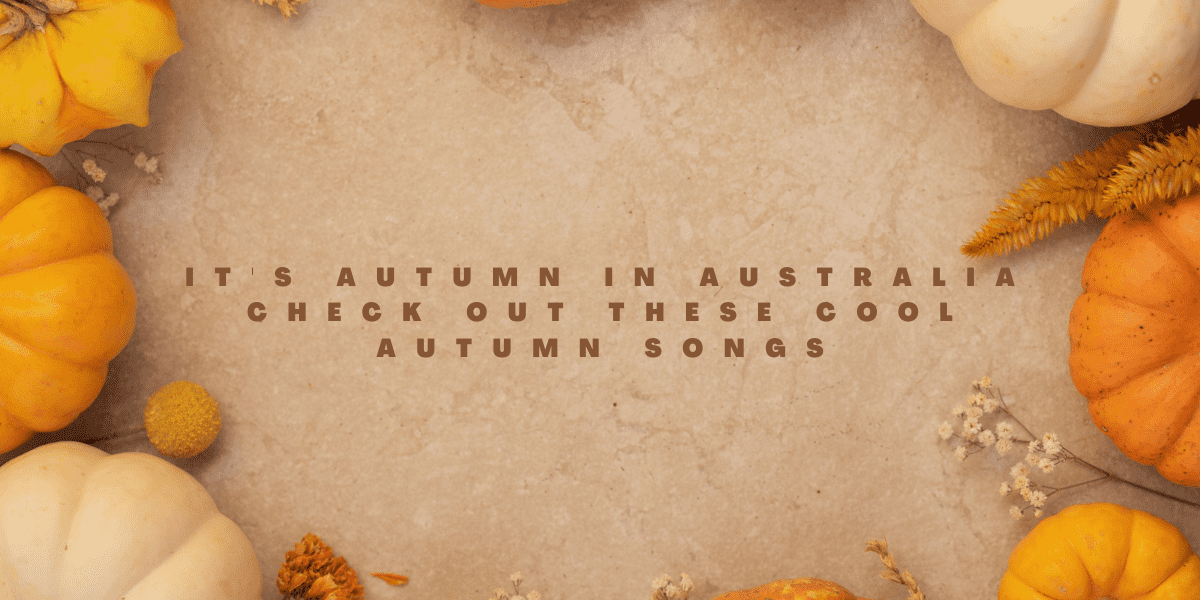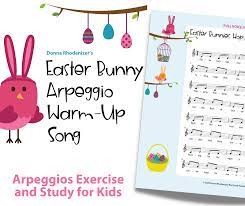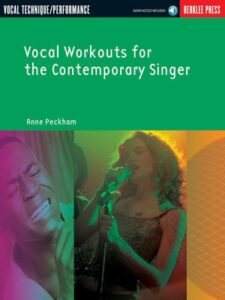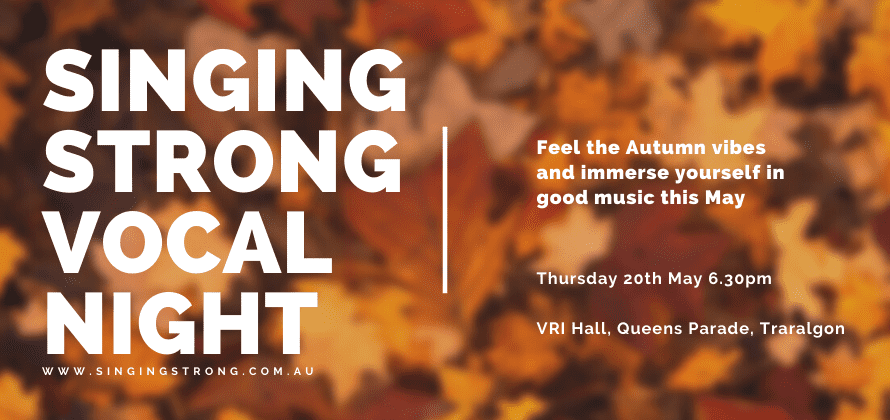Hi! it’s Mary from Singing Strong and welcome.
Today I wanted to talk a little bit about Billie eilish’s new song, “What was I made for?” from the Barbie movie. I have not been to the Barbie movie, I haven’t had time to go and see it yet. I’ve had lots of people telling me it’s a great movie and I plan on going to see it, but there’s some great music out of this movie, in particular the song “What was I made for?”
Billie Eilish and her brother Phineas are great songwriters, they are so well versed in using music that appeals to a wide audience. I respect the work. I have a personal reason:
One: because I am a soprano and I love to sing higher.
Two: it’s not belted. Everyone talks about belting, we’re going to belt music everything has to be yelled and yes that’s good to a point, but it’s only one feature of the whole voice.
When I first heard the song I was just thrilled that she was using a light soprano voice to sing this song. Now having said that she has made a stylistic choice and I think it has a lot to do with the style of the song, you know being with Barbie dolls as a child or you know that Barbies, these were around when I was young, so I think she added all the breath personally, I think it’s a creative thing of history or nostalgia and looking back. That’s my interpretation. When they recorded that, you have to think about what is happening that she has an incredible lot of air over the vocal chords and that is going to challenge you. I would question how many times did she do each section? How long did she have in between the takes. Did she have breaks for the voice? She could have done it in only one take, but it would be very taxing on the voice, pushing so much air. You have to remember she’s in front of the microphone, it’s really close and the technology we have now to be able to you know manipulate the sound and create what they wanted to achieve.
Thank you Billie Eilish for encouraging young voices to sing with a high light soprano voice. Music and singing doesn’t always have to be pushed or belted.











